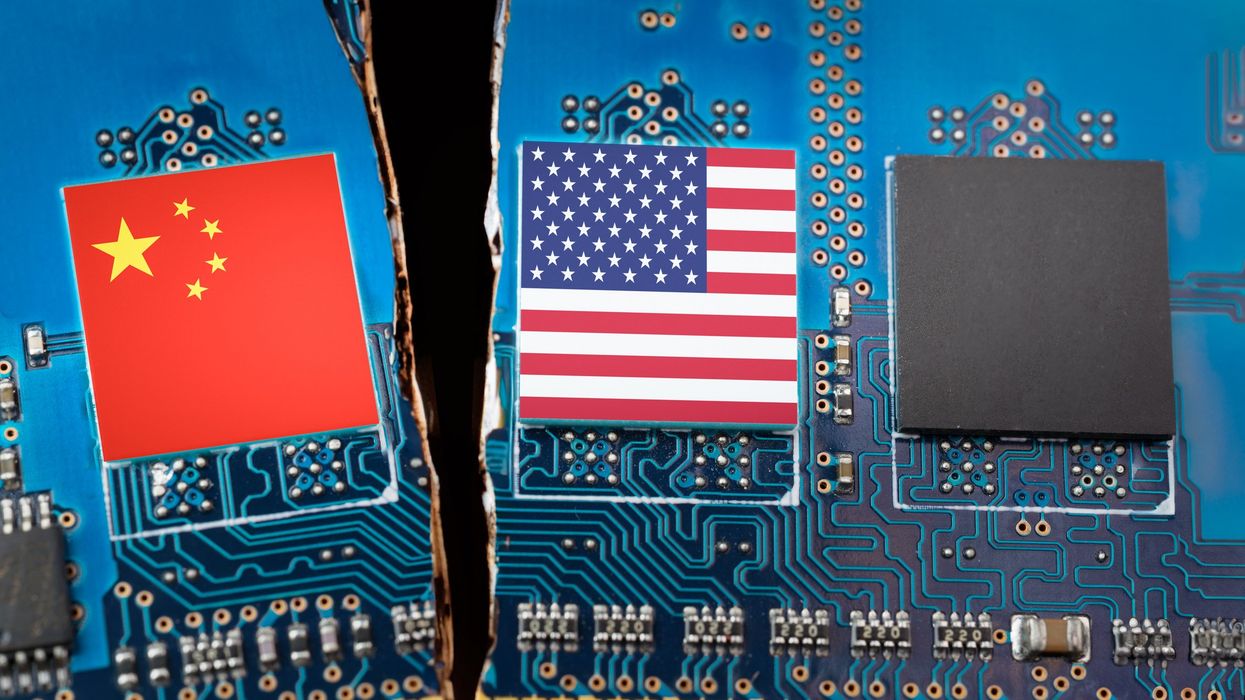
China’s headlong embrace of artificial intelligence could give the People’s Liberation Army huge military advantages in a future attack on the United States.
The rise of artificial intelligence in all things military, from intelligence gathering and autonomous air combat maneuvering to advanced loitering munitions, creates a big problem for the United States. While staying ahead of the Chinese both in terms of technological advancement and in fielding new and improved weapons systems is crucial, so is establishing a doctrine of artificial intelligence countermeasures to blunt Chinese AI systems.
Such a doctrine should begin to take shape around four avenues: polluting large language models to create negative effects; using Conway’s law as guidance for exploitable flaws; exploiting bias among our adversaries’ leadership to degrade AI systems; and using radio-frequency weapons to disrupt AI-supporting computer hardware.
Pollute large language models
Generative AI can be expressed as the extraction of statistical patterns from an extremely large data set. A large language model developed from such an enormous data set using “transformer” technology allows a user to access it through prompts. A prompt, in turn, is a natural language text that describes the function the AI must perform. The result is a generative pre-trained large language model.
Such an AI system might be degraded in at least two ways: Either pollute the data or attack the “prompt engineering.” Prompt engineering is a term of art within the AI community that describes the process of structuring instructions that can be understood by the generative AI system. A programming error would cause the AI large language model to “hallucinate.”
An example from World War II illustrates the importance of countermeasures when an enemy can manifest speedy and exclusive information to the battlespace.
Given that a website like Pornhub gets something in excess of 115 million hits per day, perhaps the Next Generation Air Dominance fighter should be renamed 'Stormy Daniels.'
The development of radar (an acronym for radio detecting and ranging) was, in itself, a method of extracting patterns from an extremely large database: the vastness of the sky. An echo from a radio pulse gave an accurate range and bearing of an aircraft.
To defeat enemy radar, the British intelligence genius R.V. Jones recounted in “Most Secret War,” it was necessary to put information into the German radar system that resulted in gross ambiguity. Jones turned to Joan Curran, a physicist at the Technical Research Establishment, who developed the optimum size and shape of aluminum foil strips, called “window” by the Brits and “chaff” by the Americans, used to create thousands of reflections that, in turn, overloaded and blinded the German radars.



No comments:
Post a Comment